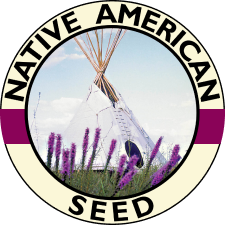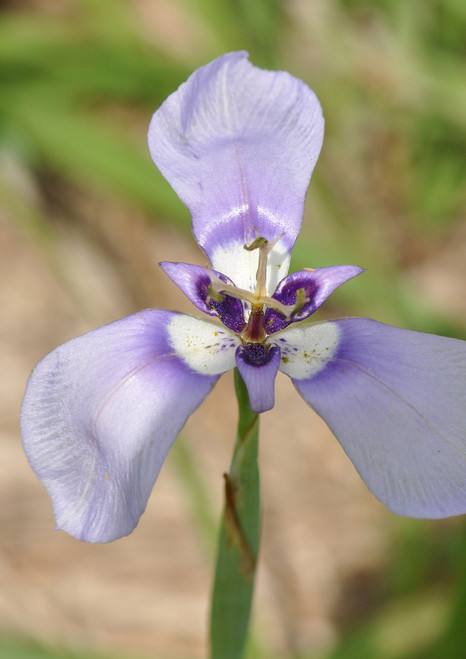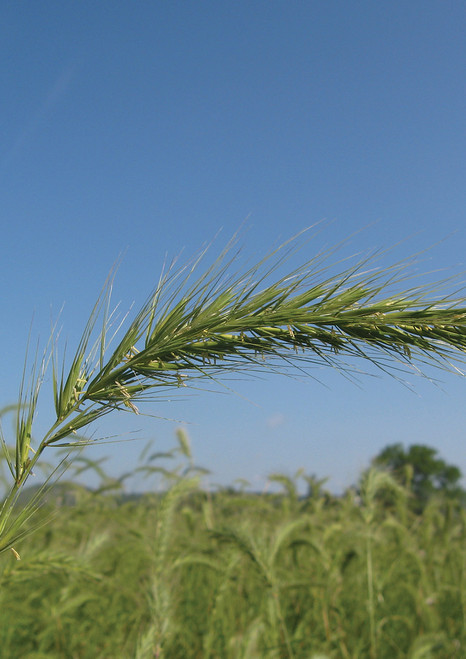Important nectar plant for the Blackland Prairie regions. Found in dry, rocky soils of prairies and open woodlands. Prairie Parsley also known as Texas Parsley belongs to the Apiaceae family which also includes carrots and celery. Prairie Parsley, Polytaenia nuttallii, is a biennial which means it has a 2 year life cycle, staying as a low growing rosette the first year and then bolting or sending up a bloom stalk and flowering the second year. In some areas it is considered a tender perennial because it has been documented to last up to 4 years. It is easily overlooked until it bolts and flowers and then it is pretty hard to miss because when it does bolt it will produce a single light green to a brownish red stalk with alternate leaves.Yellow flowers top the 1-3 foot stalk in clusters or umbels. These dome shaped umbels are covered in tiny yellow flowers that attract primarily small bees, flies and many different butterflies. Two specific species especially favor Prairie Parsley, the oligolectic bee, Andrena ziziae, has been documented visiting Prairie Parsley for pollen and nectar and the caterpillars of the Black Swallowtail butterfly, Papilio polyxenes asterius, feed on the foliage of this plant. The seeds are winged on the margins and are tan and flat with a rolled oat like appearance.
Native Americans would use the seeds to make a tea to treat diarrhea. It was a readily available treatment because Prairie Parsley can be found in medium to dry conditions in sunny prairies from North Dakota and Michigan to Texas and Alabama. If you plan to plant from seed you will need to plant in the fall so that the seeds can be exposed to winter weather or you could try to cold stratify the seeds for a spring planting. The seeds grow slowly after germination because of the development of a deep tap root system that will help it survive drought cycles.
Today Prairie Parsley is very common in the bar ditches and undisturbed areas in all of Texas except for the far east where tall timber tends to shade it out and the far west. It is less common in grazed pastures and maintained open areas where the bloom stalks would be mowed or eaten. So the next time you think that you see a plant growing that has leaves that resemble Italian Parsley leaves take a closer look and see if you can find the caterpillar of the black swallowtail butterfly or a native bee eating a meal. This year take time to find a place in your native space to plant this valuable native.















